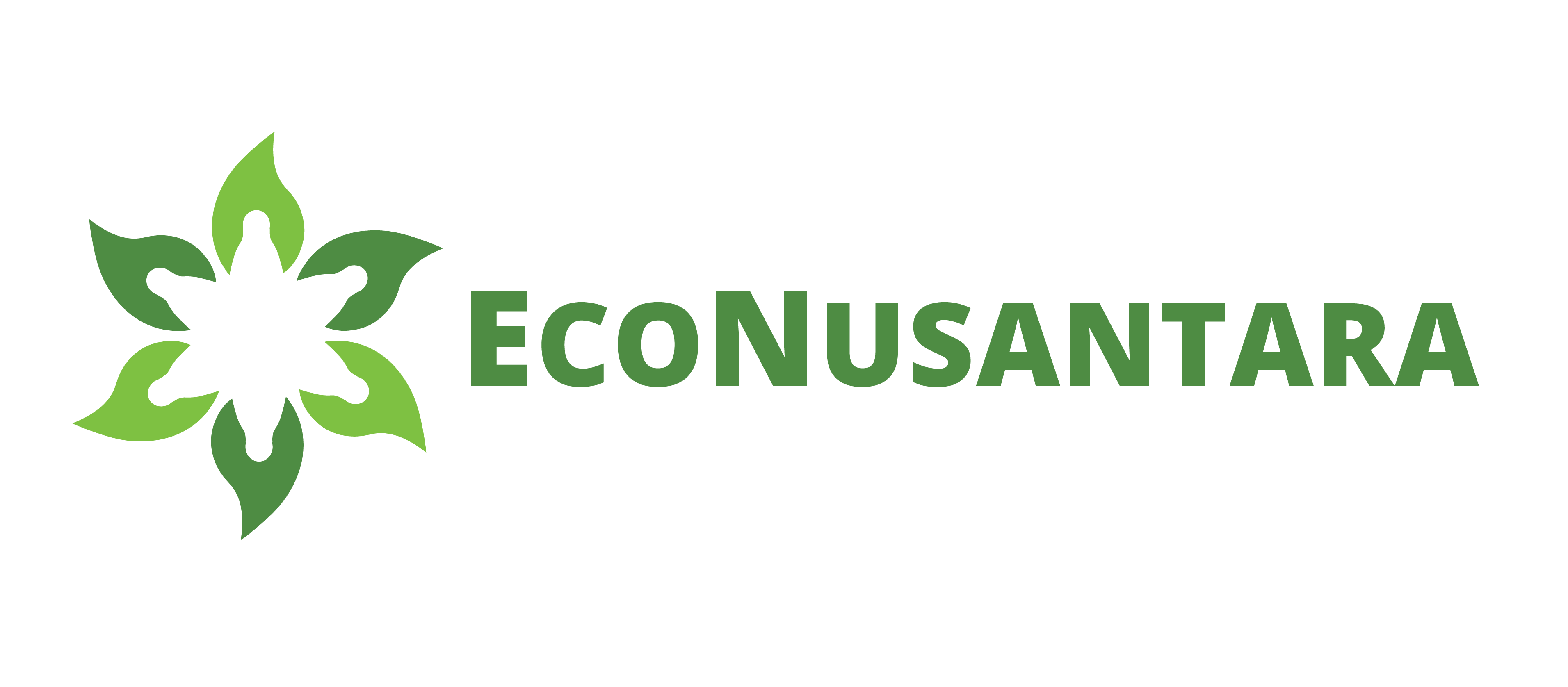Progress in implementing the Siak Hijau policy in Siak District, Riau Province, since 2018, is closely tied to the collaborative efforts of various stakeholders, including local communities, private companies, and the government itself. Over the past five years, Siak government claims that the Siak Hijau policy has reduced the vulnerability to forest and peatland fires during the dry season.
The collaborative concept involving stakeholders such as Sedagho Siak from civil society and the Private Sector Coalition for Siak Hijau (KPSSH) embodies the landscape approach or Jurisdictional Approach (JA). This concept has been adopted by Siak Government through Regional Regulation (PERDA) No. 04 of 2022 concerning Siak Kabupaten Hijau (Siak Green District). This regulation also includes the Siak District Sustainable Palm oil Plantation Action Plan (RAD KSB) for the years 2023-2024.
The Siak Hijau landscape program focuses on three main objectives: first, the sustainable management of natural resources for the maximum benefit of the people with principles of conservation and sustainability; second, poverty alleviation through empowerment of local economies, rural economic empowerment, labor sector development, and population distribution and control; and third, the utilization of regional natural resources through conservation, downstream activities, and intensification.
To achieve these goals, Siak District Government has engaged various parties in active collaboration for Siak Hijau, as outlined in the Siak Green District Roadmap (2019).
Siak District itself has 328 thousand hectares of palm oil plantations, with approximately 120 thousand hectares managed by companies. The remaining 208 thousand hectares, over 60%, are managed by communities or independent palm oil farmers (smallholders).
“This is where multi-stakeholder support comes in, in how we sustain Siak Hijau,” said Leonardus Budhi Yuwono, Head of the Regional Development Planning Agency (BAPPEDA) Siak, in an interview with TangkasiID at his office on Tuesday (11/06/2024).
Budhi emphasized that the Siak Hijau program involves all stakeholders. The success of the program is attributed to three main components: the local government, environmental NGOs, and corporations. Corporate support for the Siak Hijau policy is manifested through community assistance programs. Budhi mentioned two types of corporate assistance programs.
The first program provides financial incentives to village governments or communities that successfully prevent and manage forest and land fires in their areas. The second program facilitates ISPO and RSPO certifications for independent palm oil farmers.
Regarding RSPO or ISPO certification facilitation for independent palm oil plantations, this has become a significant aspect of Siak Hijau. Out of Siak’s 328 thousand hectares of palm oil plantations, only 120 thousand hectares are managed by companies, while the remaining 208 thousand hectares are managed by independent farmers. Currently, only 14% of the independent farmers’ plantations are certified.
Companies like Wilmar International are among those supporting the Siak Hijau program. Although Wilmar International does not own palm oil plantations in Siak, they actively promote certification for independent palm oil farmers in the region. Through partnerships with local cooperatives such as Tinera Jaya Cooperative in Teluk Masjid Village, Sungai Apit Subdistrict, Bina Usaha Cooperative in Pebadaran Village, Pusako Subdistrict, and Sekato Jaya Lestari Cooperative in Mandiangin Village, Minas Subdistrict, Wilmar has successfully certified 1,296 hectares, benefiting 663 farmers.
The empowerment of independent palm oil farmers initiated by Wilmar serves as a model collaboration, contributing to the achievement of Siak Green District’s vision outlined in RAD PBS.
He added that in the palm oil sector in Siak, the local government plays a role in harmonizing policies and providing field support to palm oil farmers. This includes infrastructure support for sustainable independent palm oil plantation activities.
To strengthen Siak Hijau policy at the grass-roots level, Budhi explained that Siak’s local government agencies have programs involving the community.
“The local government also has programs involving the community, for example, waste management,” he said.
Budhi acknowledged the local government’s limited knowledge, highlighting the importance of collaboration with environmental activist groups for the success of Siak Hijau. Environmental NGOs conduct research directly addressing the root causes of forest and land issues in Siak, enhancing the formulation and implementation of Siak Hijau policies.
“In the past, we didn’t know that peatlands needed to be kept moist. If we hadn’t paid attention, fires could have occurred,” he said.
Budhi also emphasized the openness and transparency of the Siak Hijau policy. He mentioned that the public can monitor Siak Hijau’s progress through its official website, launched in 2022. However, a search on Google did not yield any official Siak District government website related to Siak Hijau.
The Landscape Approach adopted by Siak government in the Siak Hijau program is believed to broaden the impact of sustainability commitments from the palm oil industry within an administrative region. Companies in the palm oil sector are now required to prove that every supply of palm fresh fruit bunches entering their mills comes from certified plantations or practices sustainable management.
This approach has been adopted by the Roundtable on Sustainable Palm Oil (RSPO) since 2015 and is a crucial part of the work in the Palm Oil Collaboration Group (POCG), specifically the Production and Protection Beyond Concessions (PPBC) group. PPBC supports the production of independent palm oil farmers and forest protection beyond concessions through proactive intervention identification, action protocols, and targeted monitoring.

